Hi Friends, It has been a very long time since I have posted but I hope that you can appreciate how busy things have been and cut me some slack for that. In addition to having our kids here for a month–which Debbie described for you in the last post–I have had a 4000 word …
Category: Projects
Apr 15
Verge Re-conversion Part 4
In Part 2 of my blog about this project, “What’s a Potence?“, I described making some of the important supporting parts for the wheels. In this blog I have completed two of the wheels to the point that I can put them in the clock and test to makes sure they are going to work …
Apr 11
Making a Center Wheel
This is Part 3 in my story of a verge re-conversion. In my last blog about this project, “What’s a Potence?“, I described making some of the important supporting parts for the wheels. In this blog we are going to take a step back and describe what happened after the Precision Operation. The center wheel needed …
Feb 21
What’s a Potence?
This week I made a potence–actually I made both a top and a bottom potence. What’s a potence you say? Well, you know that I am working on old clocks–the origin of this word goes back to the Medieval Latin word for a crutch–basically a device used for holding something up. The top and bottom …
Feb 15
The Main Thing is the Mainspring
The reason I came to West Dean College was to get a Masters Degree in Clock Restoration. Of course, in addition to learning about making and restoring clocks I have to do some research and write a paper for the Masters Degree. Through the year so far, I have been preparing to do the research …
Feb 07
A Precision Operation
One of my practical work assignments of late is to do what we call a verge re-conversion on a nice old bracket clock from about the mid 1700s, made by James Snelling. These old clocks, before the anchor-recoil escapement was invented, used what we call a verge escapement. Later, after the pendulum was invented, many clock …
Dec 18
My First Clock (Part 2 of ?)
Having completed an initial design and tested it with a little model, it is time to move on to real pieces of metal. Well – not so fast – first, make a metal model of the escapement which wasn’t part of the cardboard model I made earlier. This practice for us who aren’t used to …
Dec 14
My First Clock (Part 1 of ?)
The best way to learn how to repair a clock is to learn how to make one first – if you know how to make one, you will know the fundamentals necessary to repair one. In addition, some repairs require parts to be replaced which would require making them since, in general, replacement parts are not …
Dec 04
The Place Where Time Begins
Does time really have a beginning? This past week the Clocks students from West Dean College went to the Royal Observatory Greenwich, http://www.rmg.co.uk/royal-observatory. In 1884 at the International Meridian Conference in Washington DC, 22 countries voted to adopt Greenwich observatory as zero degrees longitude—a loose interpretation of the place where time begins. The observatory was …
Nov 22
My first project clock
I suppose that many of you, especially the clocky types, have been wondering exactly what I have been doing at school. I have shared a couple of the small projects that we have been assigned to help learn some of the skills of making parts for clocks, but a few weeks ago I got my …
- 1
- 2
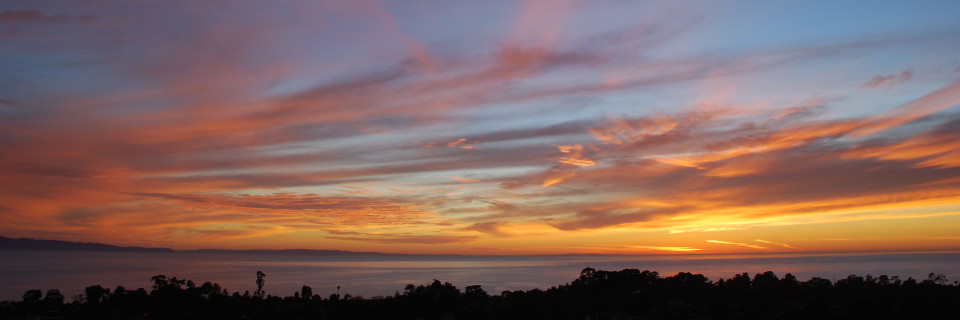
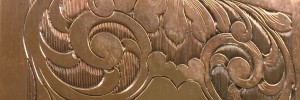



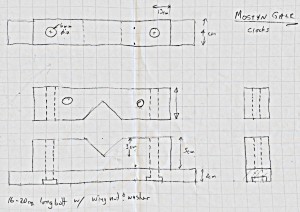



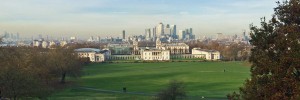
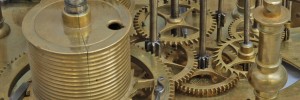
Recent Comments